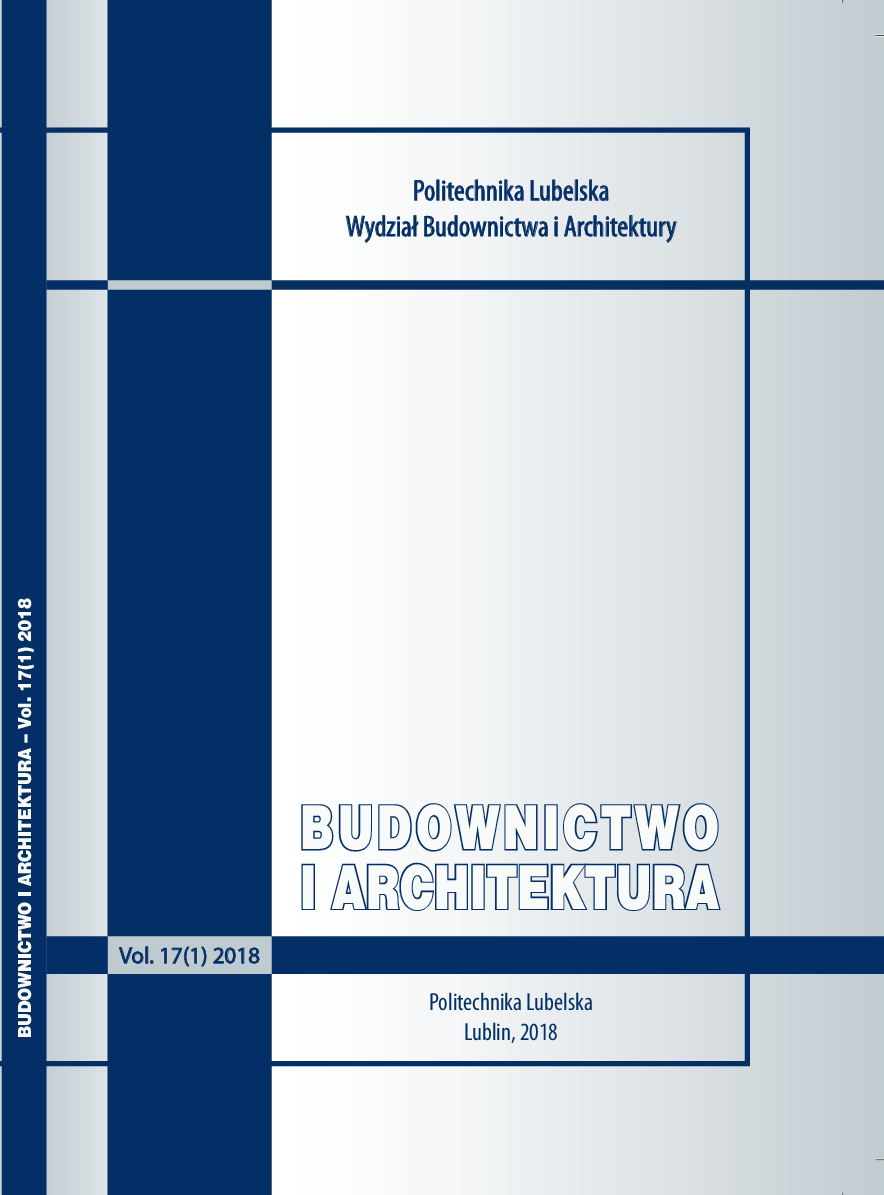Sposób prowadzenia badań archeologiczno-architektonicznych, a możliwości wykorzystania ich wyników w procesie projektowym na przykładzie byłego Szpitala im. Babińskiego we Wrocławiu
The method of conducting archaeological and architectural research, and the possibility of using their results in design process on the example of the former Babiński Regional Hospital in Wrocław
Author(s): Justyna Kleszcz, Piotr KmiecikSubject(s): Archaeology, Architecture, Civil Law
Published by: Biblioteka Politechniki Lubelskiej
Keywords: archaeological and architectural research;design guidelines;historic monuments conservator;
Summary/Abstract: The paper discusses the issue of the mode and method of conducting archaeological and architectural research with particular emphasis on legal possibilities and analysis of potential effects (both: positive or negative) of the choice of individual forms on the way of carrying out the design works and the opportunity of displaying exposed relics. These issues will be discussed mainly on the example of excavations carried out since 2015 in the area of the former J. Babiński Regional Hospital at Jana Pawła II Square in Wrocław by a research team led by dr ing. arch. Piotr Kmiecik and dr Robert Szwed, with the participation of dr Czesław Lasota. The area of the former hospital was definitely one of the most interesting in terms of archeology and architecture in Wroclaw, but also one of the most complicated. The degree of complexity was influenced not so much by the accumulation of cultural layers and expected discoveries, but by the location and stratification of continuous historical transformations of the area, resulting in dense development, as well as in accumulation of active network buses of transit importance, which resulted in forming communication linkage within a vast area and the existence of urban greenery covered by legal protection. The simultaneous occurrence of many factors resulted in the inability to estimate scope and size of conducted works before their commencement, forced flexibility and the need of arranging excavations taking into account permanent participation of construction team during that time. The level of complexity also forced some modifications in the mode of research, which shows the need of verifying the approach towards restrictive division between different forms of architectural and archeological research and shows numbers of opportunities offered by closer cooperation between architect, archeologist, the office of monument conservation and the construction site.
Journal: Budownictwo i Architektura
- Issue Year: 17/2018
- Issue No: 1
- Page Range: 169-175
- Page Count: 7
- Language: Polish

